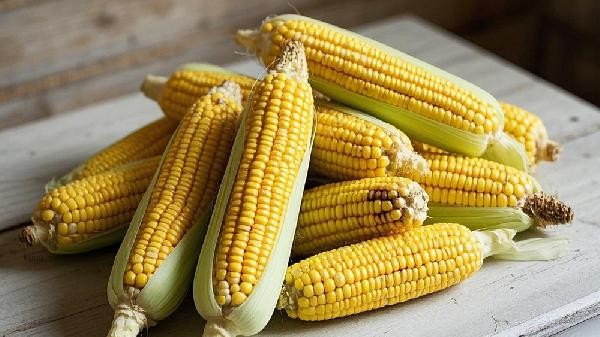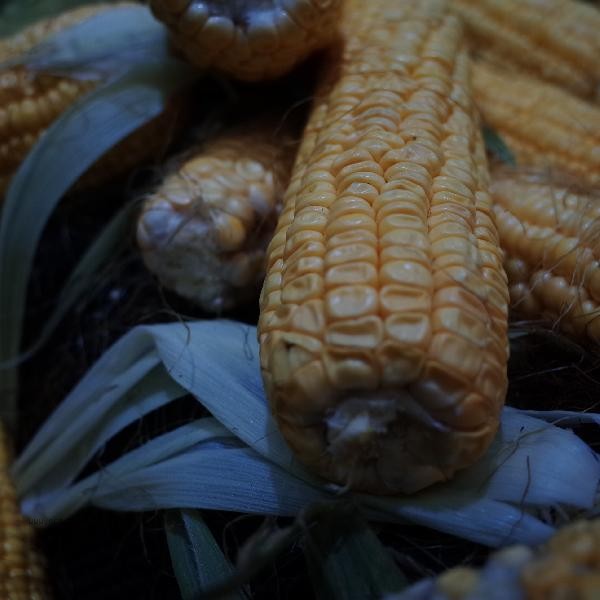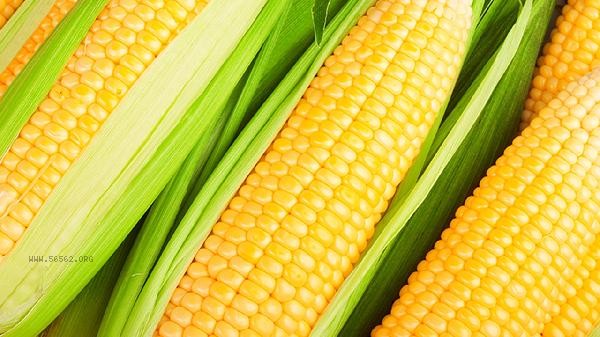Mature corn can be used to make corn juice, but the taste and nutrition may differ slightly from those made from raw corn. The main methods of making corn juice include direct stirring, adding ingredients to adjust taste, filtering to remove residue, controlling thickness, and drinking after refrigeration. After steaming and cooking, the starch of cooked corn partially gelatinizes, resulting in a more pronounced sweetness, but there may be some loss of heat sensitive nutrients such as vitamin C. During production, the cooked corn kernels can be peeled off and mixed with an appropriate amount of warm water or milk using a blender, without the need for additional heating. The cell wall of cooked corn has softened during the cooking process, making it easier to break and release juice. The finished product has a smoother and denser taste, but the flavor of corn is slightly lighter than that of raw corn. If you want to enhance the flavor, you can pair it with a small amount of condensed milk or honey for seasoning, or add glutinous rice to increase the thickness.

Corn juice made from raw corn retains more complete vitamins, but requires longer stirring to fully break down the unsoftened cell walls of the corn kernels. Raw corn juice has a stronger grassy aroma, and some people may not be accustomed to this flavor. If using raw corn, it is recommended to blanch it in water for 30 seconds before stirring, which can kill bacteria and retain more nutrients. Whether using raw or cooked corn, filtered corn residue contains rich dietary fiber and can be added to flour to make corn tortillas and other foods, avoiding waste. Corn juice has a better flavor when consumed refrigerated, but for those with gastrointestinal sensitivity, it is recommended to drink it warm. Corn juice is rich in dietary fiber and zeaxanthin, making it suitable as a breakfast or snack drink. When making, pay attention to using fresh and mold free corn, and drink it immediately to avoid bacterial growth after prolonged storage. People with weaker digestive function can reduce their single consumption and pair it with staple food for better nutrient absorption. Corn is a medium glycemic index food, and diabetes patients need to control their intake. It is recommended to pair daily consumption of corn juice with foods such as eggs and whole wheat bread to ensure a balanced intake of protein and carbohydrates.










Comments (0)
Leave a Comment
No comments yet
Be the first to share your thoughts!